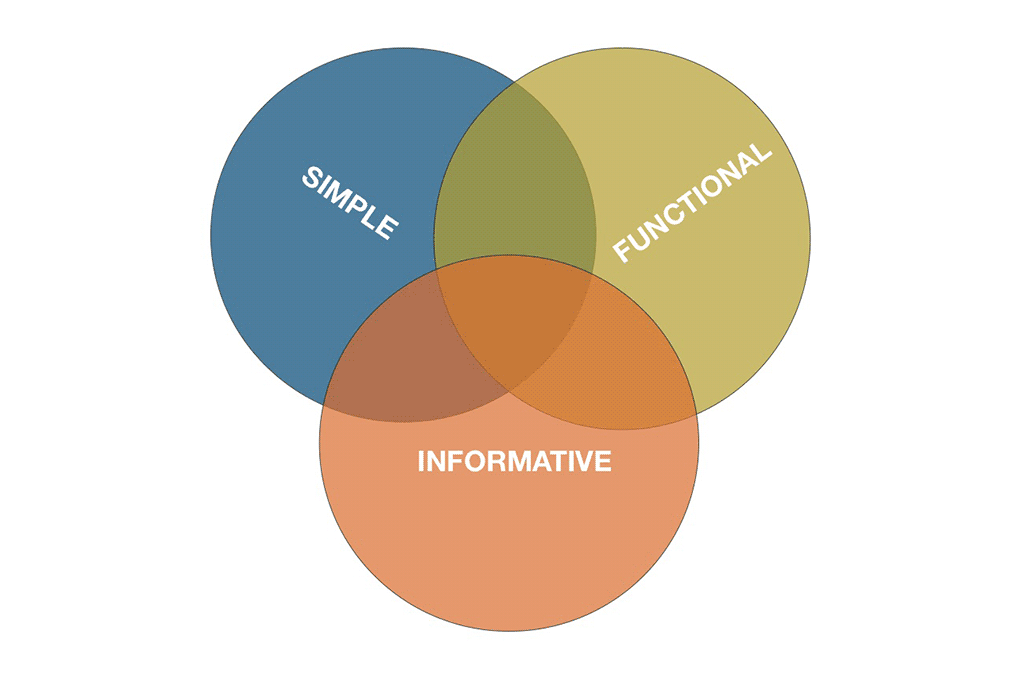
I’ve worked in the digital world long enough to appreciate the old adage about change being the only constant. The relationships I’ve built with our clients don’t tend to waver over time, but the tactics and techniques we use to keep them satisfied certainly do. In my experience, the field of web design is especially vulnerable to disruption and reordering. When it comes to web design, change doesn’t have to be scary. It’s a crucial characteristic of the business, and it keeps things fresh and exciting. Just about everyone uses the World Wide Web today, but the online public’s preferences are far from constant across demographic groups, age brackets and geographically distinct populations.
Generational Preferences
Mature web users (lumping members of the Greatest Generation and the Silent Generation into one here) tend to focus on easily parsed content and show less susceptibility to multimedia bells and whistles. If your business caters to baby boomers instead, you’ll need a crisp, content-heavy interface that guides users to take specific actions. Although video primers and tutorials are useful, Flash-based elements and confusing sub-page layouts might be overkill. Conversely, Gen X’ers and Millennials are often more receptive to eye-catching techniques that inform and entertain. Since they’re born multi-taskers, Millennials might enjoy “problem-digesting a parallax-scrolling infographic while viewing your TED-style webinar in a separate window”, and if you don’t happen to know what this means, feel free to drop us a line 🙂 Generational differences was a key topic in my article on Trends in Technology: Rosetta Stone Required.
As a business owner or manager, it’s crucial that you understand your target online audience thoroughly. If you’re a golf equipment outlet that markets primarily to affluent, middle-aged men and women, for example, your website will necessarily look very different than that of the hip-hop record label down the street.
Even if you’re not looking to expand your business to capture new slices of the demographic pie, it’s still in your interest to refresh your website’s design from time to time. Savvy web users can easily recognize websites that look amateurish, feel outdated or lack cohesion. Ignoring the obvious advantages of a redesigned website simply isn’t an option.
These days, simplicity is key. Our clients are asking for crisp, simple interfaces that allow users to get what they want from the site without wading through unnecessary information. Some tips:
- Use clearly marked tabs.
- Graphic-based navigation and minimal scrolling are important.
- Simple business platforms are easier to design and maintain, and users tend to spend more time on sites that offer clear solutions to their problems. Simplicity is win-win.
Content-focused layouts are thriving as well. In the mid-2000’s many of the people I worked with were enamored with Flash-enabled landing pages and click-through animations. Although the widespread adoption of broadband connectivity has contributed to Flash’s continued viability, users across all demographic groups are increasingly viewing the technology as an annoyance. To make matters worse, Flash doesn’t work on some popular mobile platforms and hurts the all-important page rankings of the sites that do employ it. When it comes to SEO, Flash pages are a no-no. On the other hand, Javascript-based animations have a long and happy future ahead since careful designers can insist that their animations are responsive.
The world of web design continues to evolve and I’m looking forward to leveraging the next wave of innovation to strengthen our clients’ online marketing tools and storefronts. If your site’s design is looking a bit tired, please don’t hesitate to get in touch. It will be our pleasure to help you.
For an interesting bit of usability research on the online behaviors of Millennials, see this article based on research conducted at Worcester Polytechnic Institute. Although the results of studies on other generations would be different, nevertheless the language or taxonomy used to describe generational behaviors is similar.